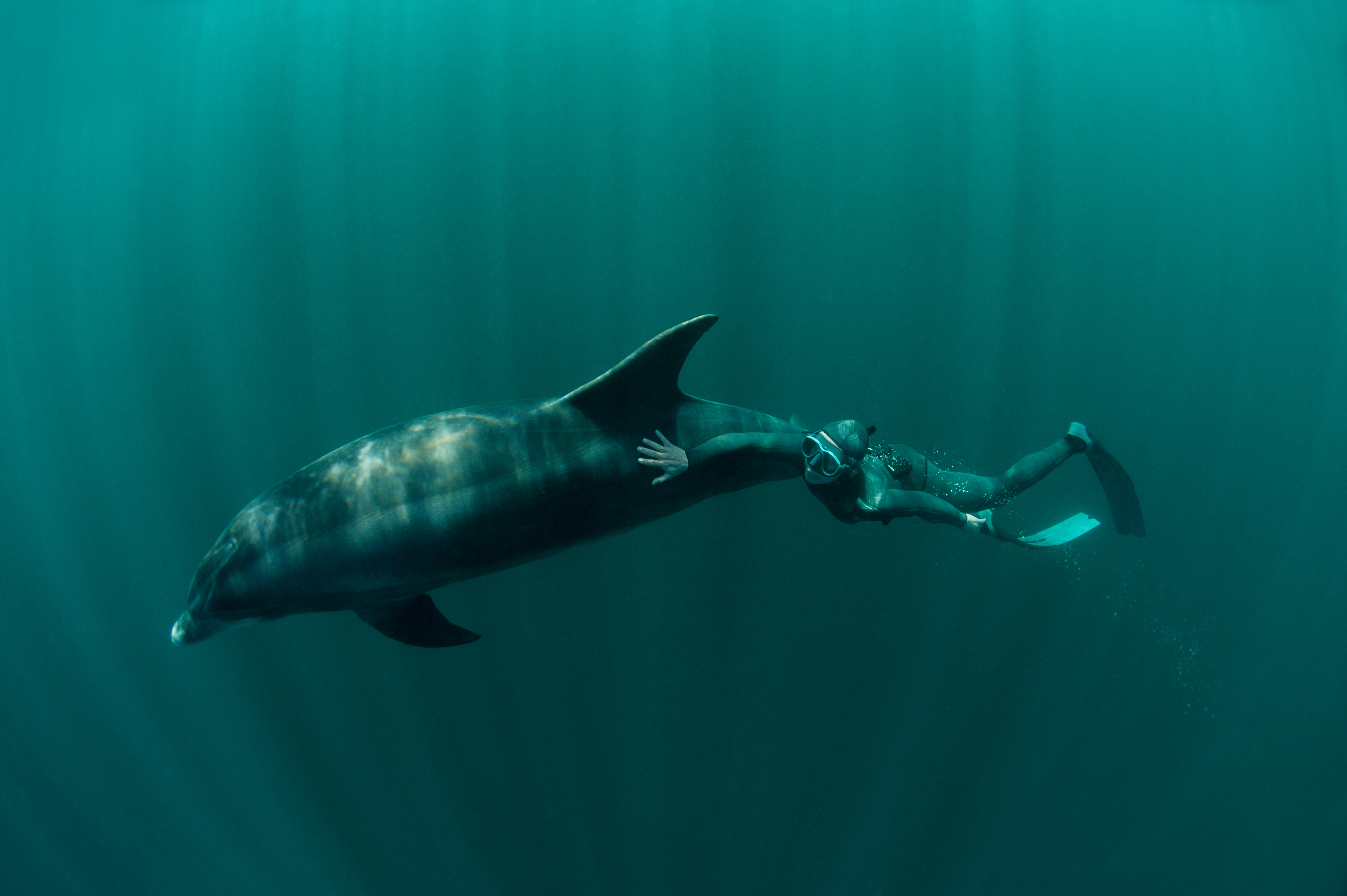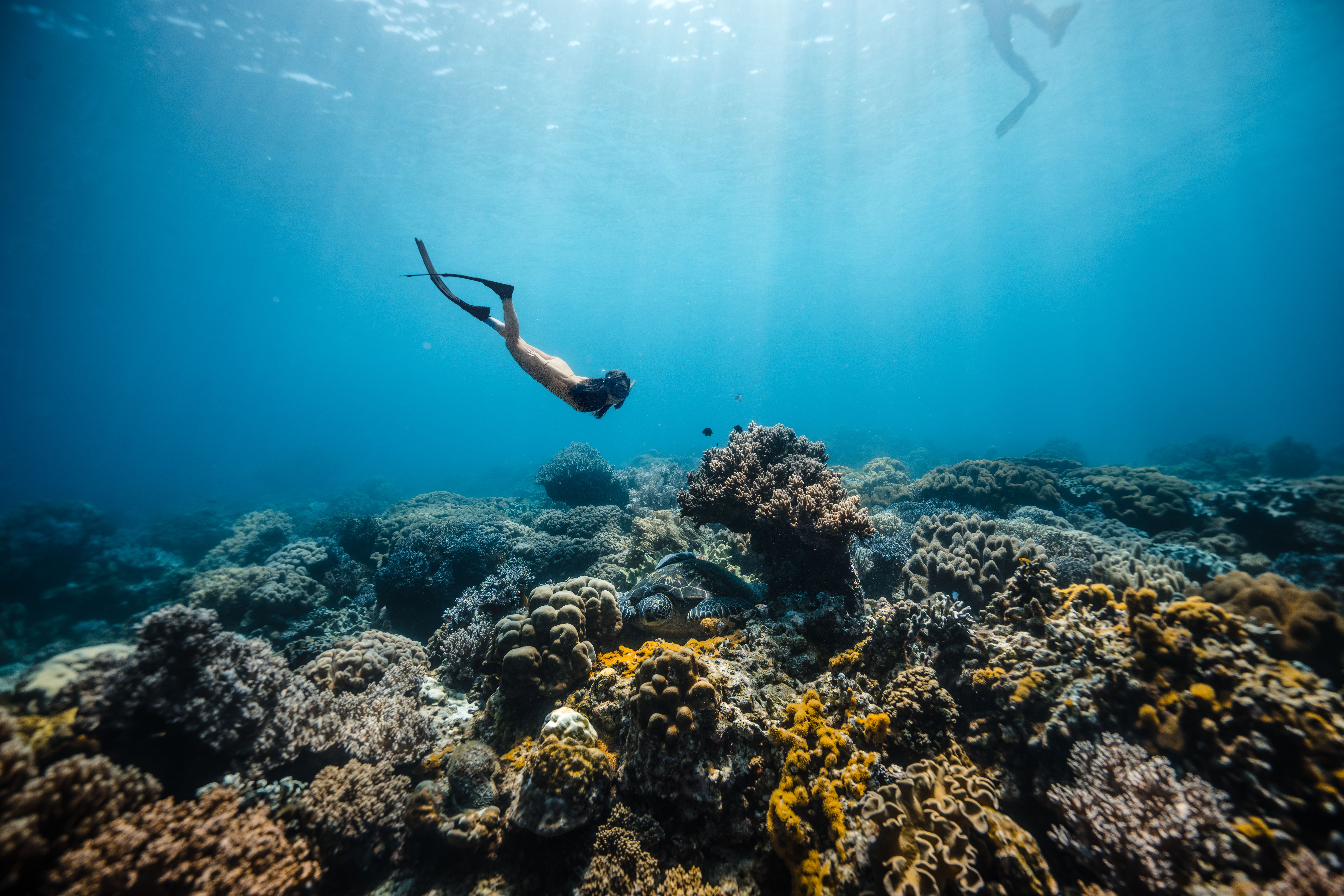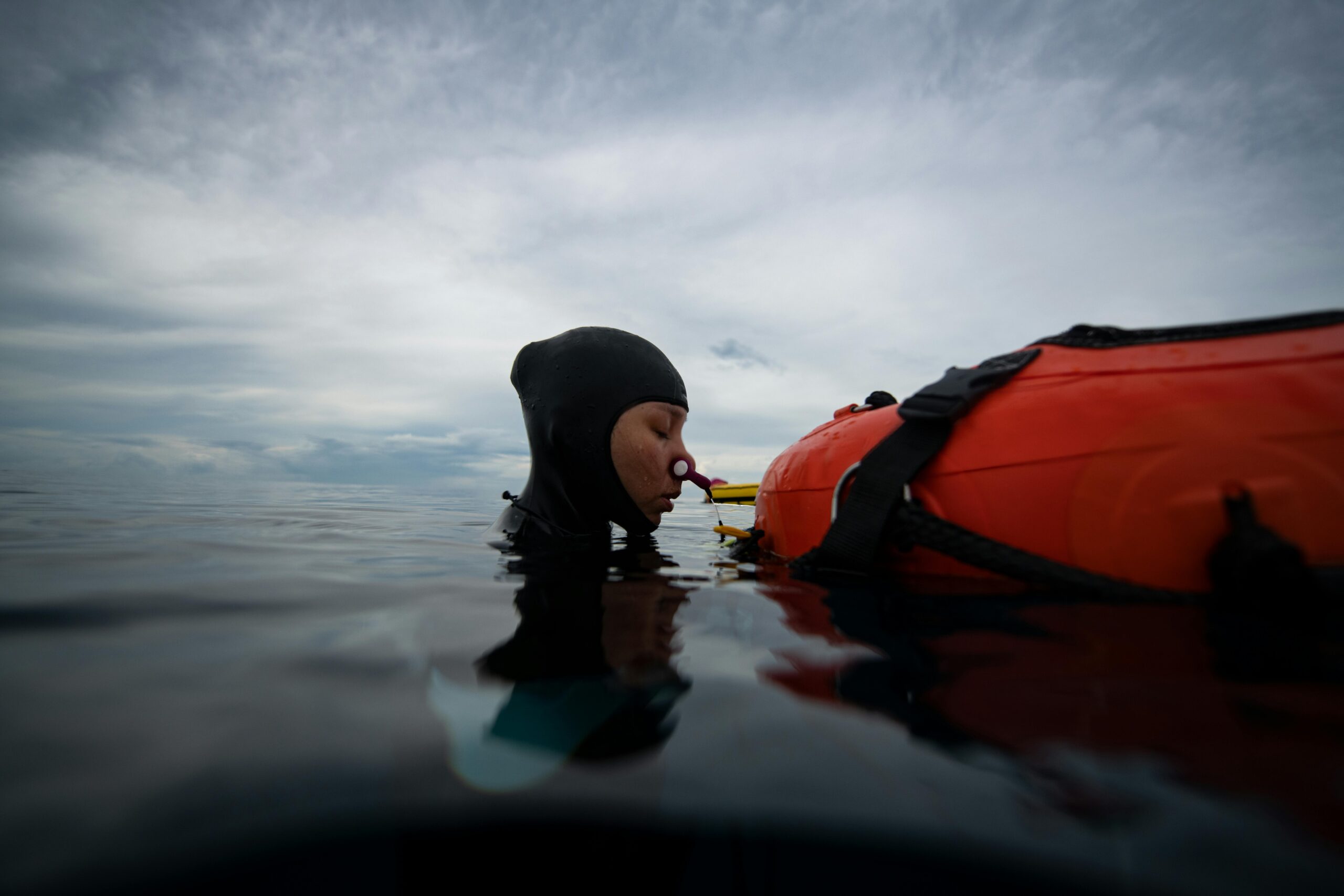Breath control is the very cornerstone of competitive freediving. It’s not just about holding your breath and diving deep; it’s about mastering the art of breath, training your body and mind to cope with the high-pressure underwater environment, and optimizing your performance. As a discipline that stretches the boundaries of human aquatic potential, breath control practice in competitive freediving is both a science and an art. In this comprehensive guide, we’ll delve into the techniques, training, and the physiological and psychological aspects of breath control for deep diving.
Understanding Breath Control in Competitive Freediving
Competitive freediving is a sport where divers descend and ascend using their breath-holding abilities, without the use of breathing apparatus. It requires a combination of physical strength, technique, and breath control. Breath control, specifically, is the practice of managing your breathing to extend the time you can spend underwater and to ensure a safe and successful dive.
The Physiology of Breath Holding
Breath-holding in freediving is about more than just not breathing. It involves understanding and controlling the body’s reflexes to oxygen and carbon dioxide levels. When you hold your breath, carbon dioxide builds up, triggering the urge to breathe. Successful freedivers learn to manage this urge, delay the breath-hold breakpoint, and utilize oxygen efficiently.
The Role of Diaphragm Training
The diaphragm, a major muscle involved in breathing, plays a crucial role in breath control. Strengthening and gaining control over the diaphragm contributes to increased lung capacity and the ability to manage breathing under pressure. Diaphragm training often includes exercises such as diaphragmatic breathing, breath retention, and stretching.

Competitive Freediving Techniques
Deep diving demands a set of refined techniques that enable divers to conserve oxygen, equalize pressure effectively, and navigate the underwater environment efficiently. Here, we outline some of the key competitive freediving techniques related to breath control.
Static Apnea
Static apnea is the practice of holding your breath underwater for as long as possible without moving. It is a fundamental training technique for breath control, as it simulates the breath-hold aspect of a deep dive. Regular practice of static apnea can significantly improve a freediver’s breath-holding capacity.
Dynamic Apnea
Dynamic apnea involves covering the longest possible distance underwater on a single breath. This practice trains freedivers to control their breathing while also focusing on efficient movement through the water. Techniques such as glide optimization and minimizing unnecessary movements are essential components of dynamic apnea training.
Deep Diving Techniques
Deep diving techniques such as the freefall, where the diver relaxes and allows their body to sink naturally, help conserve oxygen and manage breath-hold. Alongside proper finning technique and body positioning, these practices are integral to successful deep dives.
Dive Training and Preparation
Training for competitive freediving is multifaceted, incorporating physical conditioning, breath control exercises, and mental preparation. Each aspect contributes to the overall ability to perform breath-hold dives safely and effectively.
Physical Conditioning
Physical conditioning for freediving focuses on improving cardiovascular fitness, muscular strength, and flexibility. Exercises such as swimming, running, and yoga can enhance a freediver’s overall fitness level and contribute to better breath control during dives.
Breath Control Exercises
Specific breath control exercises are designed to increase breath-hold time, manage the carbon dioxide buildup, and prepare the body for the low-oxygen environment of deep diving. Techniques include CO2 and O2 tables, which provide structured patterns of breath-holding and recovery to push the body’s limits in a controlled manner.
Mental Preparation
The psychological component of breath control cannot be understated. Mental preparation techniques such as visualization, meditation, and relaxation exercises help freedivers maintain calmness and focus during dives, which is crucial for managing breathing and conserving oxygen.
Safety and Risks
Safety is paramount in all forms of diving, and competitive freediving is no exception. Understanding and mitigating the risks associated with breath-hold diving is essential for all participants.
Recognizing and Managing Hypoxia
Hypoxia, a state of reduced oxygen supply to the body, is a risk in breath-hold diving. Freedivers train to recognize the early signs of hypoxia and manage it before it becomes dangerous. Safety protocols and buddy systems are in place during training and competitions to ensure immediate response in case of hypoxia.
The Importance of Proper Training and Certification
Proper training and certification from recognized freediving organizations ensure that divers have the knowledge and skills to dive safely. Certification courses cover breath control techniques, safety procedures, and rescue protocols, providing a solid foundation for both new and experienced freedivers.

The Role of Technology in Dive Training
Advancements in technology have introduced tools that aid in training and safety for competitive freedivers. Smartwatches designed for freediving can track dive depth, time, and ascent rate, providing valuable data for analyzing and improving performance.
Additionally, mobile apps offer training programs, breath-hold timers, and progress tracking to support breath control practice outside of the water.
Conclusion: The Heart of Freediving
Breath control practice is at the heart of competitive freediving. It’s a multifaceted discipline that requires dedication, training, and a thorough understanding of both the body’s responses and the techniques necessary for deep diving success. By focusing on breath control, divers can push the limits of what was once believed to be impossible, exploring the depths of the ocean on a single breath.
Whether you’re a seasoned competitive freediver or someone just beginning to explore this remarkable sport, remember that breath control is a journey. It’s a path that leads not only to greater depths but also to a deeper understanding of oneself and the underwater world.
For those interested in competitive freediving, the journey begins with mastering your breath. With dedication and the right training, the depths await.
In the realm of competitive freediving, breath control is not just a practice—it’s a testament to the human spirit’s capability to explore, adapt, and thrive in the underwater world.


